Domestic hot water temperature UK
According to the HSE, domestic hot water must be kept in the cylinder at a minimum of 60 degrees Celsius to destroy legionella bacteria , which unfortunately can be fatal for human beings.
Therefore, the best temperature or ideal temperature for your hot water tank is 60 °C, as 90% of the bacteria will die in only two minutes if the hot water tank temperature is 60 °C. If the temperature of the hot water tank is raised to 70 degrees Celsius, all of the Legionella bacteria will die right away.
Hot water tank temperature for your hot water cylinder
In the UK, the hot water tank’s temperature should range from 60 °C to 65 °C.
There is a higher chance of bacteria like Legionella, which causes Legionnaires’ disease, developing if the temperature is below 50°C. When your water has been sitting in the stored hot water tank for some time, this occurs.
The water will be too hot to use and the danger of severe burns will rise if the temperature rises over 65°C. The water is hot enough to use and hot enough to destroy harmful bacteria when kept at a safe temperature of 60 °C to 65 °C.
Hot water cylinders or tank
Hot water tanks must now be equipped with a thermostat that allows the user to control the temperature of the water within. You can monitor the hot water tank temperature of the tank on your phone these days using a hot water temperature sensor installed in the hot water cylinder.
Our indirect unvented cylinders or direct unvented cylinders that we supply both have a thermostat to control the hot water temperature to your requirements.
Legionella, what is it ?
The word “legionellosis” refers to a group of illnesses brought on by the legionella bacteria, including the most severe one, Legionnaires’ disease, as well as the comparable but less dangerous Pontiac fever and Lochgoilhead fever. The potentially lethal pneumonia known as Legionnaires’ disease can infect anyone. Age-related risk is higher for certain people than for others, such as:
Any person whose immune system is compromised
Those with chronic kidney or respiratory diseases.
People suffering from cardiovascular, pulmonary, and diabetes diseases.
Those who smoke and drink heavily.
Individuals who are over 45 years of age
In natural water sources, including rivers, lakes, and reservoirs, the bacterium Legionella pneumophila and related bacteria are widespread but often in low concentrations. They may also be found in specially designed water systems, including spa pools, evaporative condensers, cooling towers, and hot and cold water systems.
In order to reduce the dangers of legionnaires’ illness, it is crucial to eliminate favourable circumstances for legionella risk.
How does one get legionnaires ?
People get Legionnaires’ disease by breathing in aerosolized water droplets (aerosols) that are suspended in the air and carry the bacteria. The following circumstances raise the risk of legionella:
The hot water temperature in the system may range from 20 to 45 °C in the hot water cylinder or domestic hot water system, which is ideal for development.
It is possible to produce and disperse breathable water droplets, such as aerosol, from a cooling tower or hot water outlets, such as sink taps, bath taps, or showers.
When water is stored and/or recirculated, deposits like rust, sludge, scale, organic waste, and biofilms can help bacteria grow and feed the organism.
Thus, it is vital to reduce the risks to the health of individuals, be they staff or customers on your business site, or home owners or occupants.
The majority of people who become ill and require hospital treatment ultimately survive and recover completely.
However, roughly one in ten individuals who contract Legionnaires’ disease passes away from the illness.
What temperature should domestic hot water be in the UK
We’ve established that is hot water tank temperature should be 60 C to 65 degrees Celsius which means that any gas boilers or oil boilers should be supplying the indirect cylinder with a hot water temperature above that figure to ensure the cold water coming into the hot water cylinder gets heated up to the right temperature.
Alternative methods of heating the hot water tank, such as a solar water heating system or heat pumps, are also becoming more common these days as we look to reduce and save carbon emissions from gas boilers or oil boiler heating system.
There are some issues with regards to using heat pumps instead of a heating boiler, as they can struggle to heat the water system, as at present the maximum heating temperatures of a heat pump are around 55 °C, which means they don’t generate the right temperatures required for domestic hot water heating.
This is remedied by using an immersion heater to raise the tank water temperature from 55 degrees Celsius to the required 60 degrees Celsius.
The immersion heater or heaters, depending on the hot water tank size, are normally electrically supplied with power.
Combi boilers, on the other hand, produce hot water on demand and have no stored hot water tank. Thus, these types of gas or oil boilers can supply the hot water system at lower hot water temperatures , which also helps save carbon emissions, energy and money for your economical domestic hot water heating system.
The hot water tank accounts for 14% to 18% of the energy consumed by the typical household.
Domestic hot water systems in the UK
There are two main systems for heating hot water used in the United Kingdom.
Stored domestic hot water
normally produced via a boiler in conjunction with an indirect cylinder. The thermostat on the hot water tank controls the boiler, which you simply adjust to your requirements.
On demand or instant hot water:
An on-demand water hot system normally saves energy and money ( normally around 30% less energy when compared to hot water storage systems ) as they efficiently allow the bath, shower, and tap water supply to be at a lower temperature—around 40C to 43C while washing. This warm water temperature eliminates the risk of scalding when having a shower, bath, or using a hot tap as this heated water is under the supply temperature of 44°C at which scalding risk to vulnerable people can occur.
Instant water can be provided by a gas water heater , which we have a full range detailed on this dedicated webpage: gas water heaters , which are available in natural gas or LPG (Propane) gas.
In many households in the UK , a combi boiler or combination boiler is the most commonly used appliance as they do both the heating and water system. The boiler has a thermostat, which allows temperature control of the DHW water.
This thermostat dictates the water temperature to the supply pipe running to your warm water outlets, such as your hot water tap, shower, or bath tap.
As the boiler doesn’t have to heat the water up to 60 °C like a stored warm water tank, they benefit from lower energy requirements and eliminate scalding potential .
Our combi or combination boilers are detailed on this webpage: LPG combi boilers. We also do these units in natural gas too.
Conclusion
The hot water temperature for your hot water tank will be different to the hot water temperature used on an instant water heater , as the stored warm water must be 60C or over, and when producing it on demand , it can be lower, circa 40-43C, depending on your requirements to save energy.

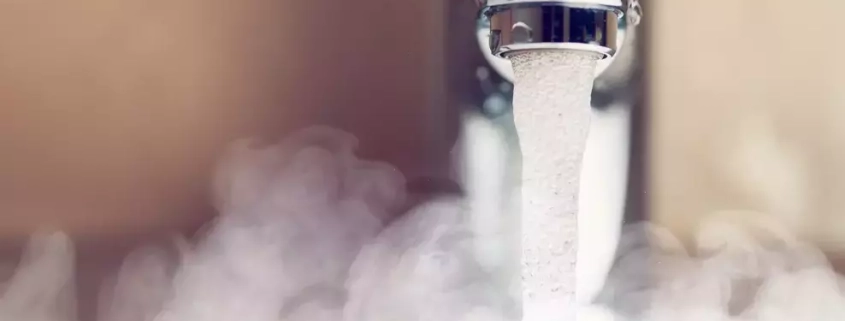 Flexiheat UK
Flexiheat UK 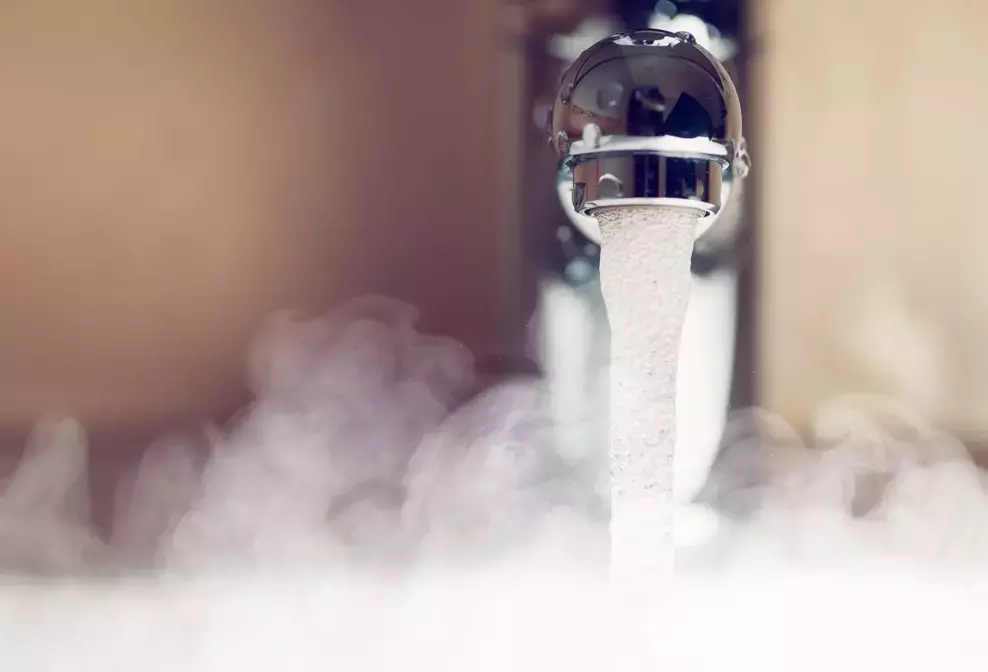
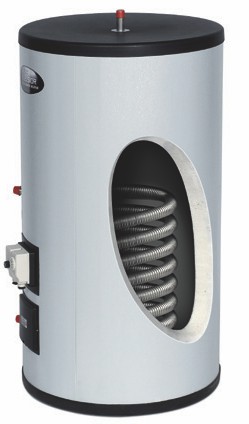
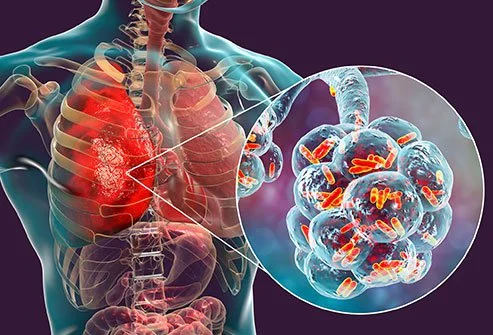
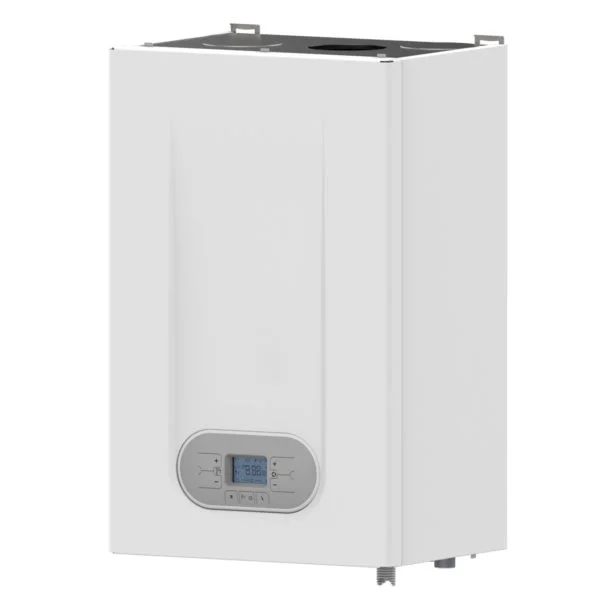
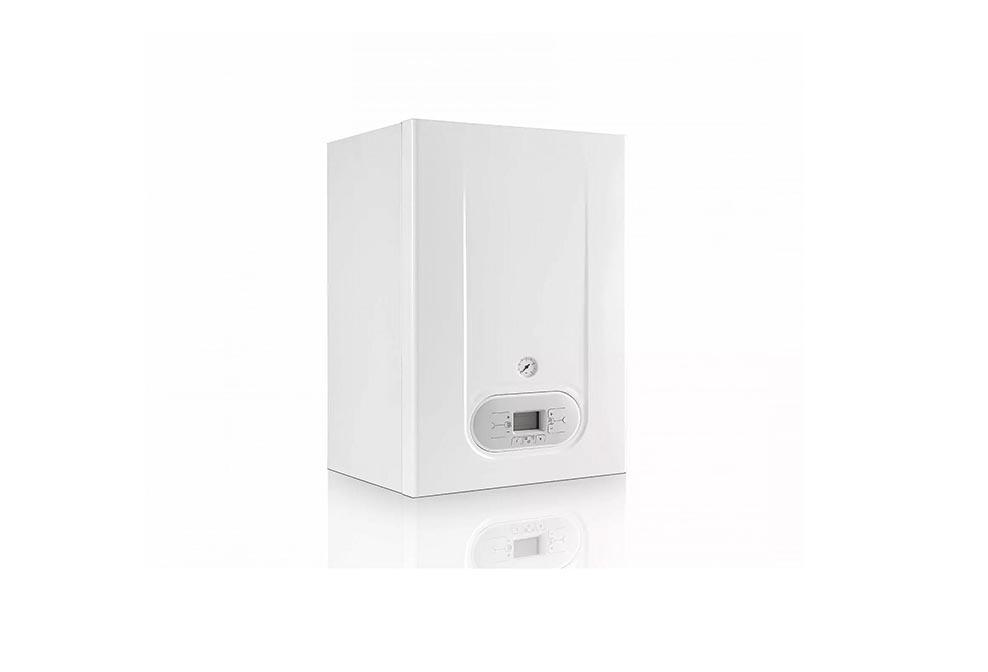
 Flexiheat UK
Flexiheat UK Flexiheat UK
Flexiheat UK